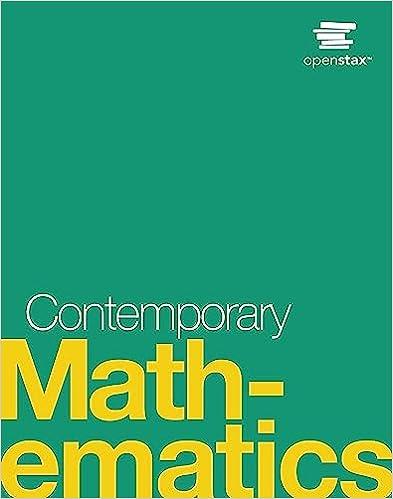Answered step by step
Verified Expert Solution
Question
1 Approved Answer
hello, I need your help with these questions, please? - 3 0 The margin of error for a 95% interval estimate for the population slope
hello,
I need your help with these questions, please?







Step by Step Solution
There are 3 Steps involved in it
Step: 1

Get Instant Access with AI-Powered Solutions
See step-by-step solutions with expert insights and AI powered tools for academic success
Step: 2

Step: 3

Ace Your Homework with AI
Get the answers you need in no time with our AI-driven, step-by-step assistance
Get Started


